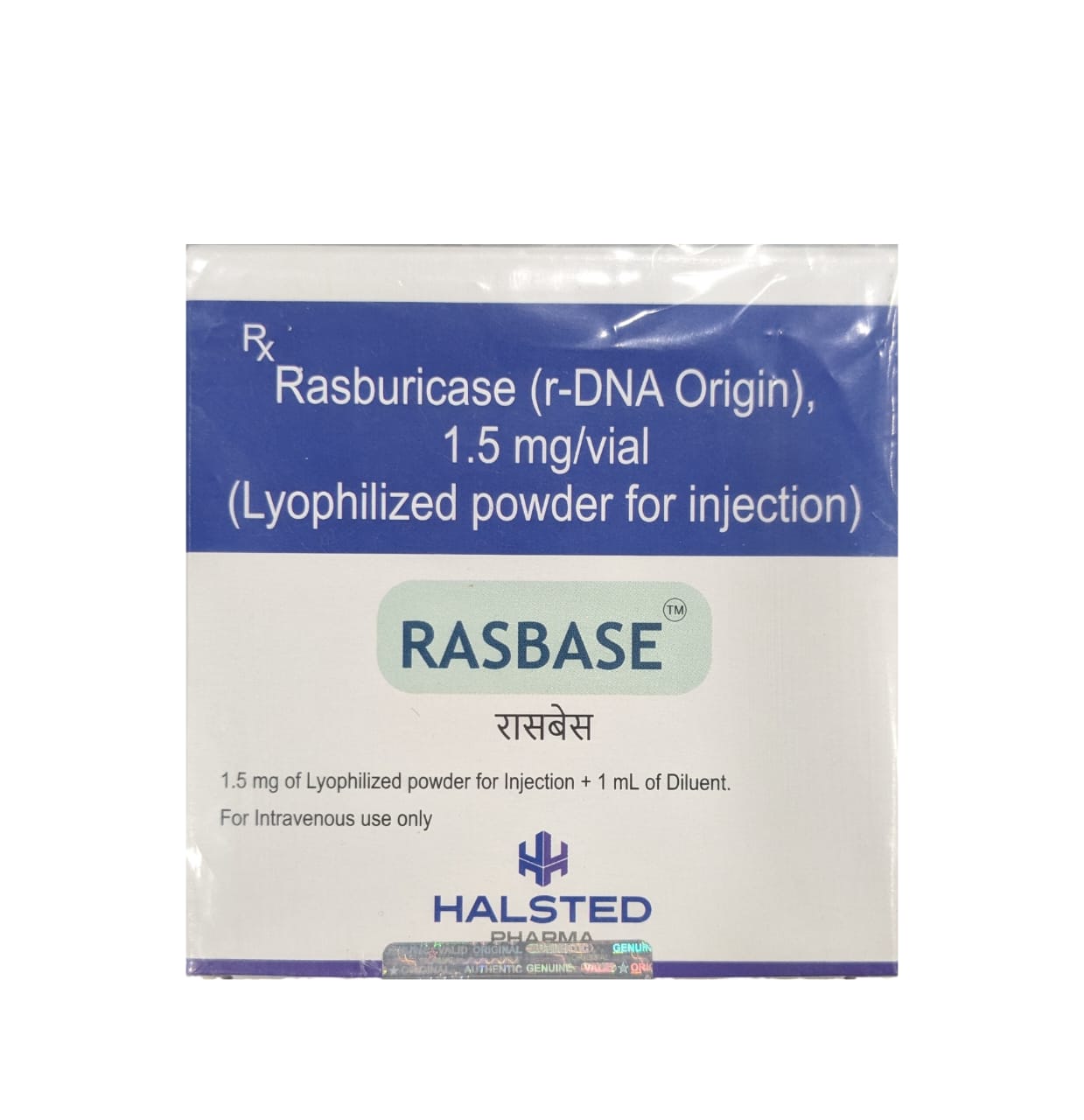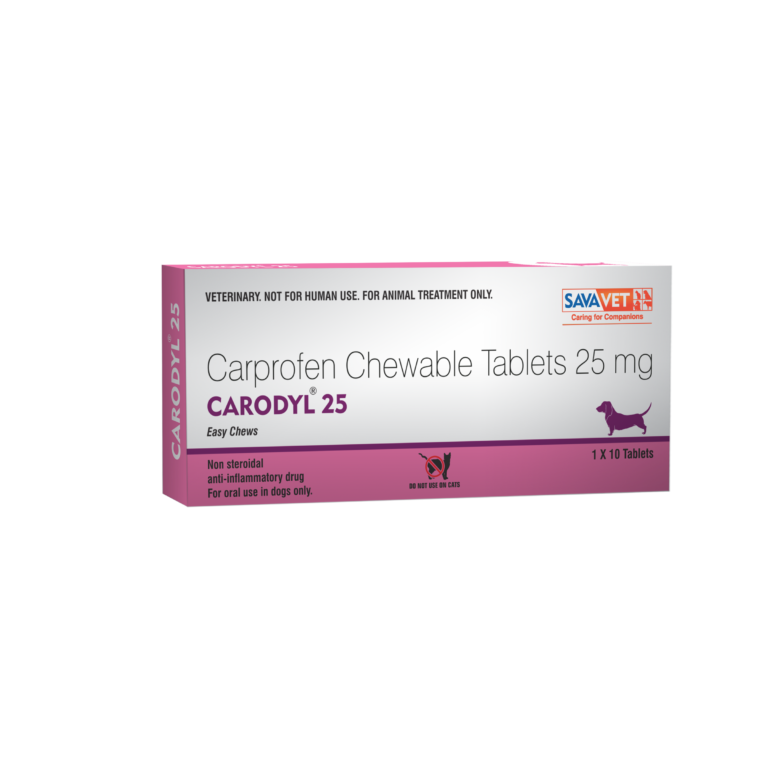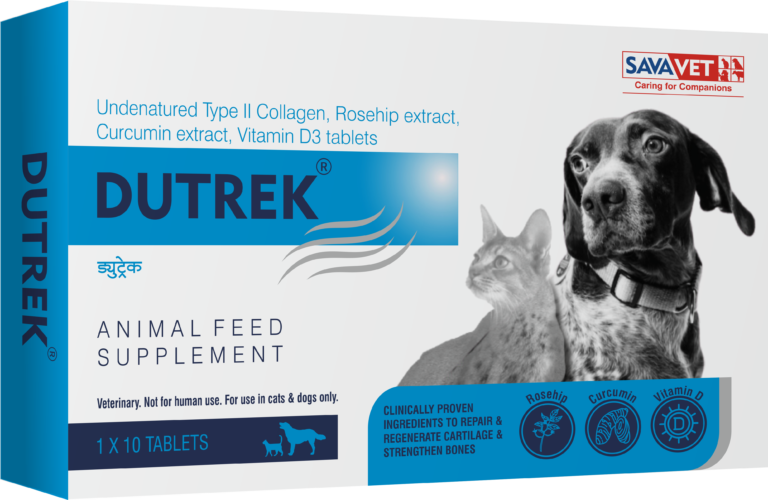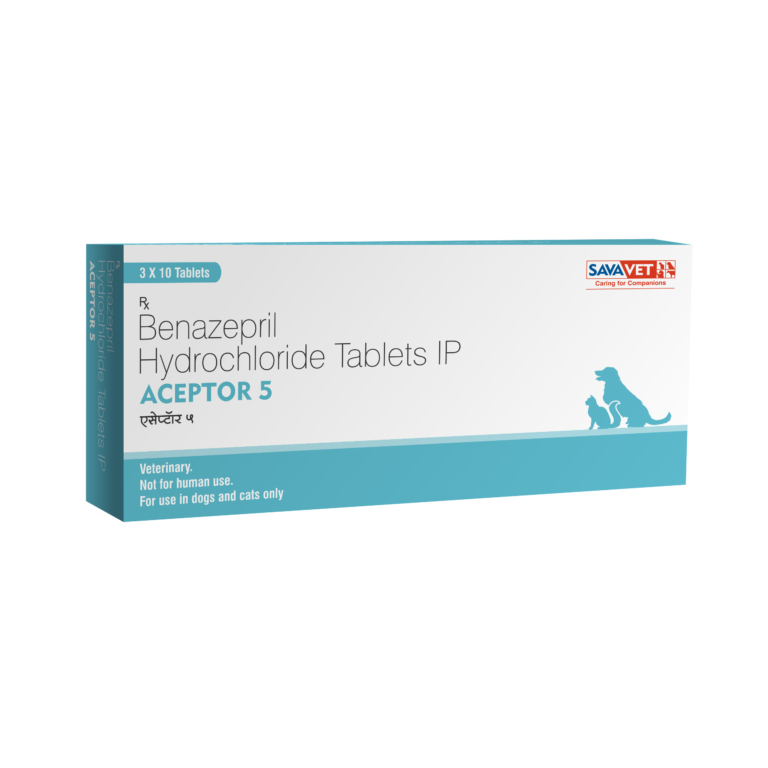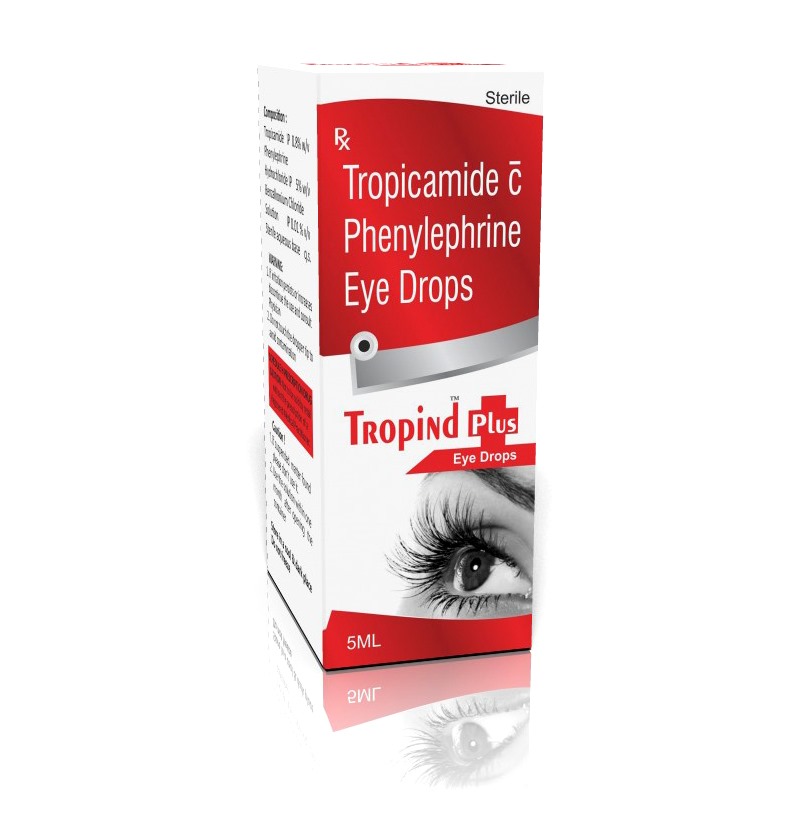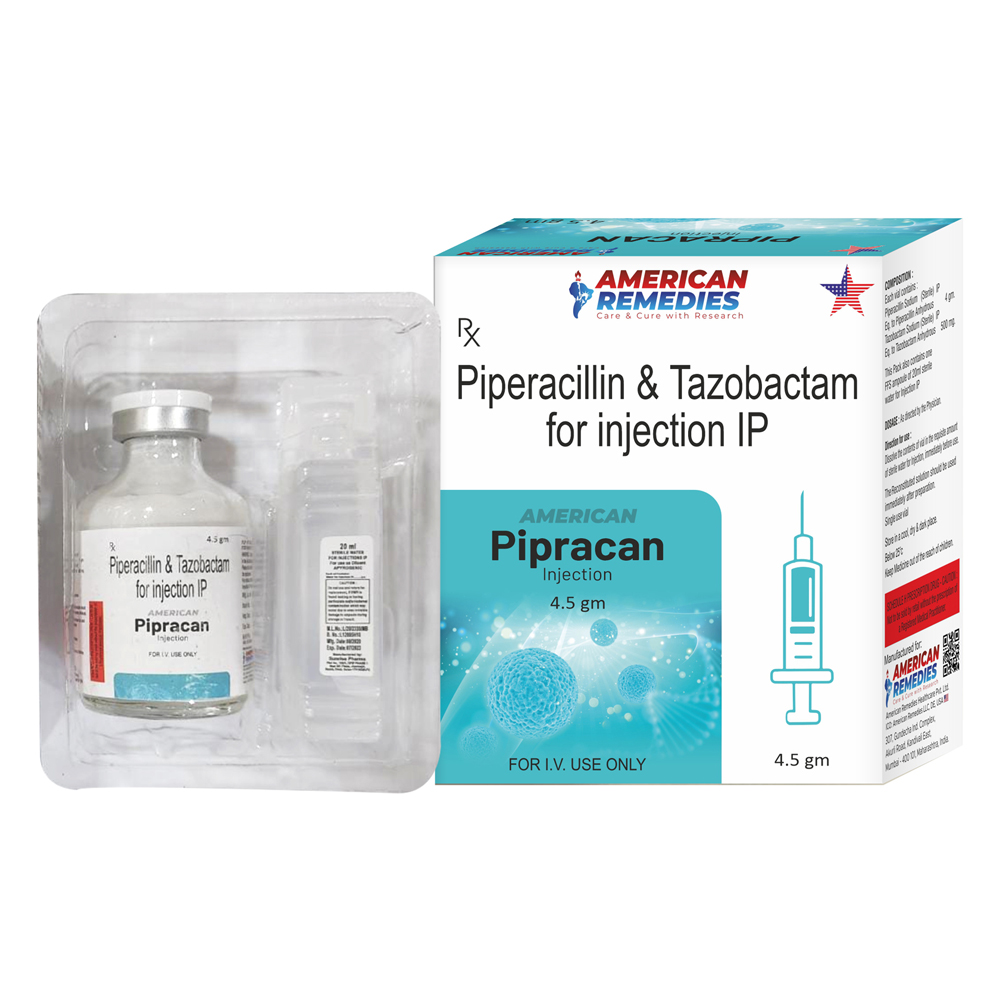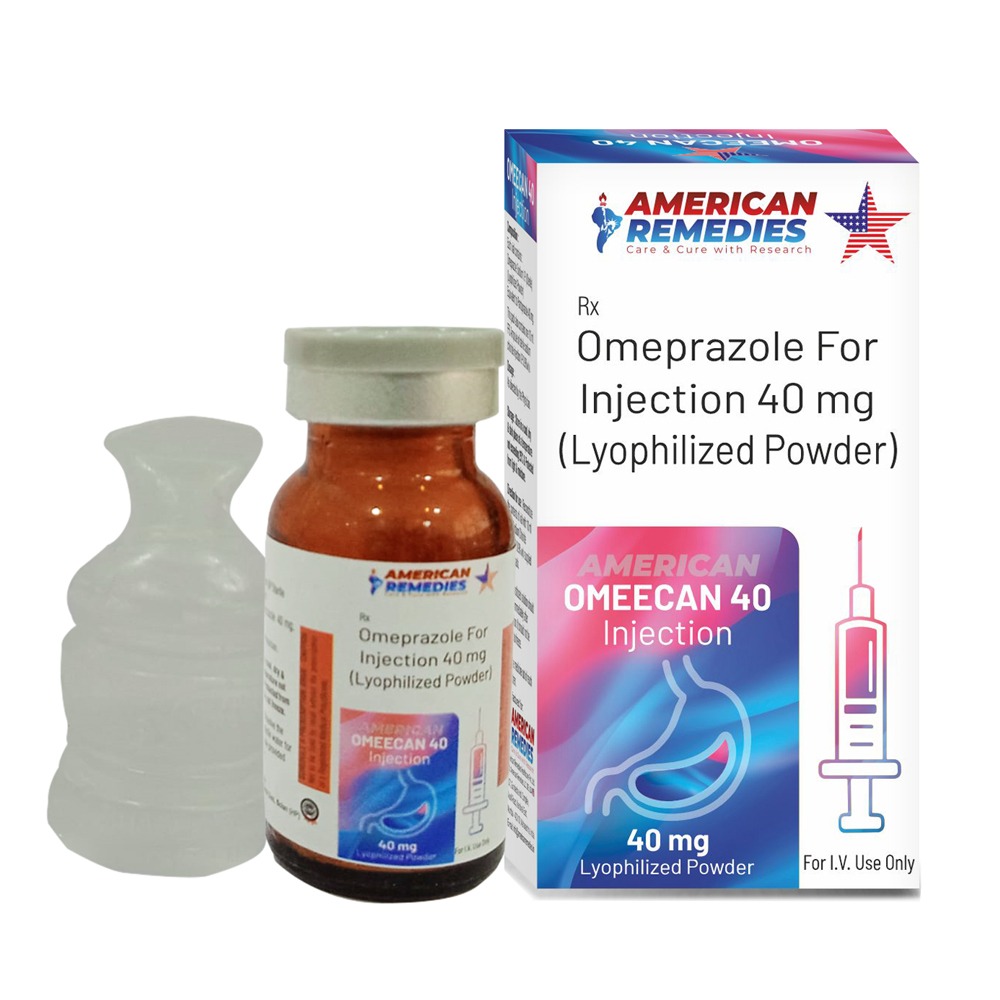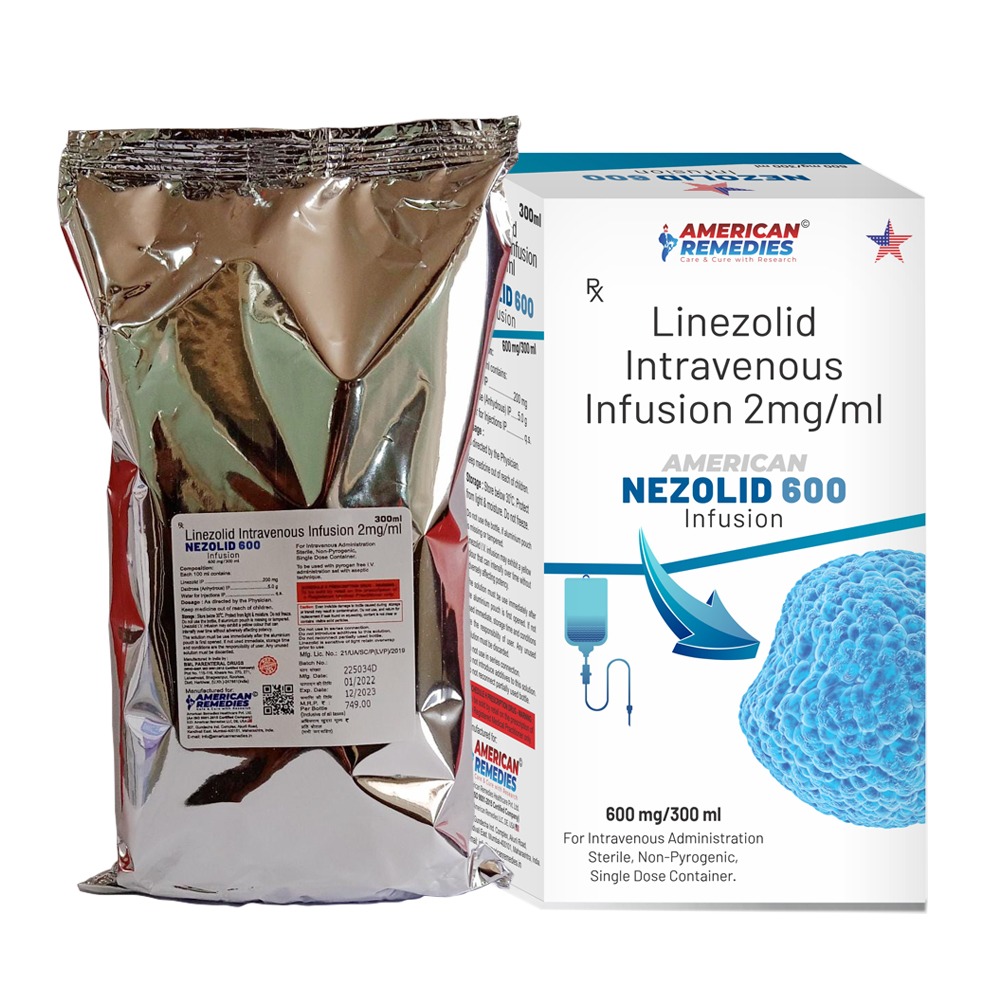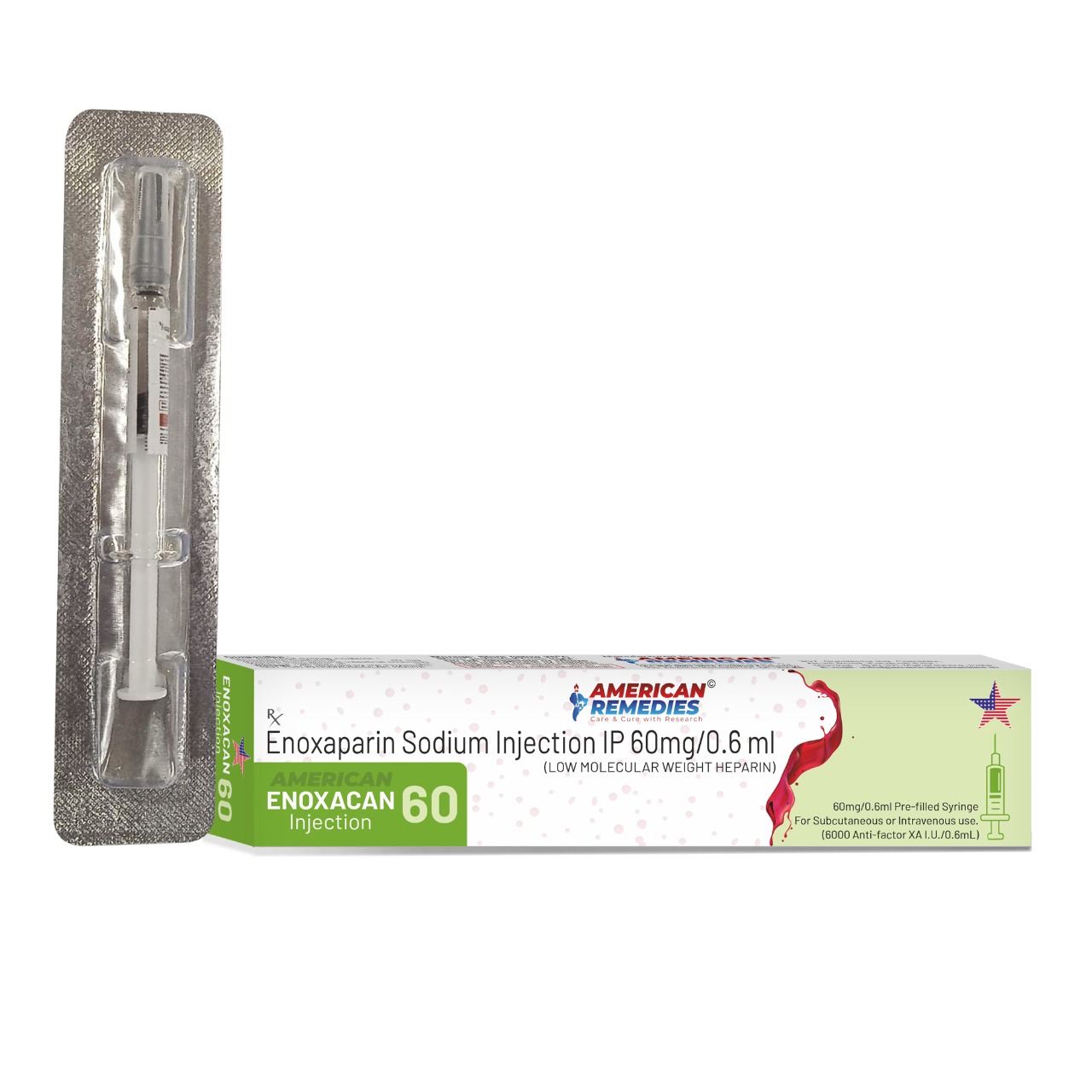Rasbase 1.5 mg Injection is a recombinant version of the enzyme urate oxidase used to reduce uric acid levels in patients with leukaemia, lymphoma, and solid tumor malignancies receiving anti-cancer therapy. Leukaemia, or blood cancer, is a cancer of blood cells or blood-forming tissues. Lymphoma is a cancer of the lymphatic system. Rasbase 1.5 mg Injection contains Rasburicase, which belongs to the class of recombinant urate-oxidase enzymes. It works by metabolising the recombinant urate oxidase enzyme and thus helps clear the uric acid levels. Rasbase 1.5 mg Injection may cause certain side effects such as vomiting, nausea, fever, constipation, diarrhoea, oedema, headache, abdominal pain, anxiety, and injection site reactions. Most of these side effects of Rasbase 1.5 mg Injection do not require medical attention and gradually resolve over time. A trained healthcare professional will administer Rasbase 1.5 mg Injection. Hence, do not self-administer. If you are allergic to Rasbase 1.5 mg Injection, inform your doctor and avoid taking it. Inform your doctor about your complete medical and medication history before starting treatment with Rasbase 1.5 mg Injection. Rasbase 1.5 mg Injection is contraindicated for pregnant women and breastfeeding women due to serious fetal harm. Hence, inform your doctor if you are pregnant or planning to become pregnant. Inform your doctor if you have/had kidney or liver disease.
Send Message